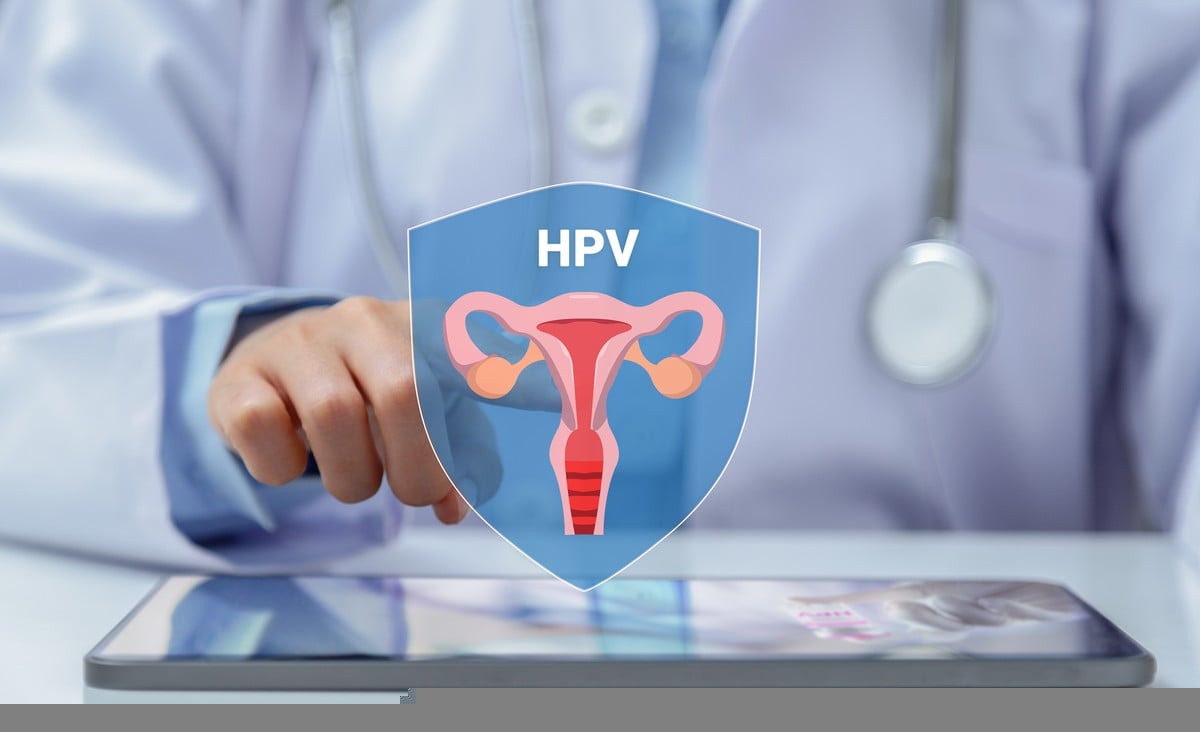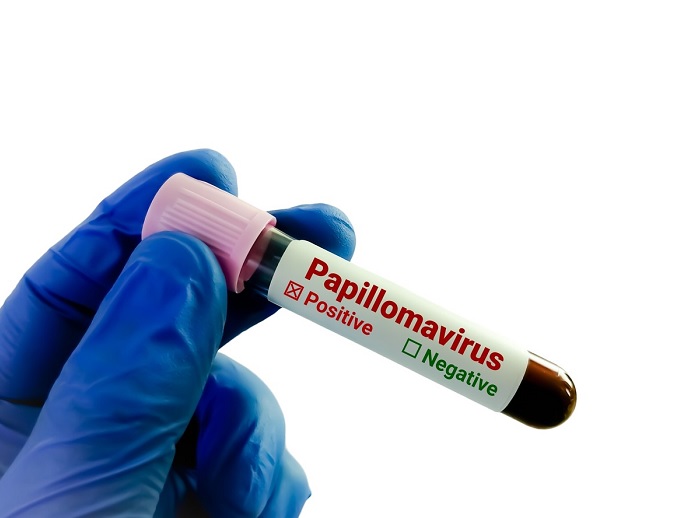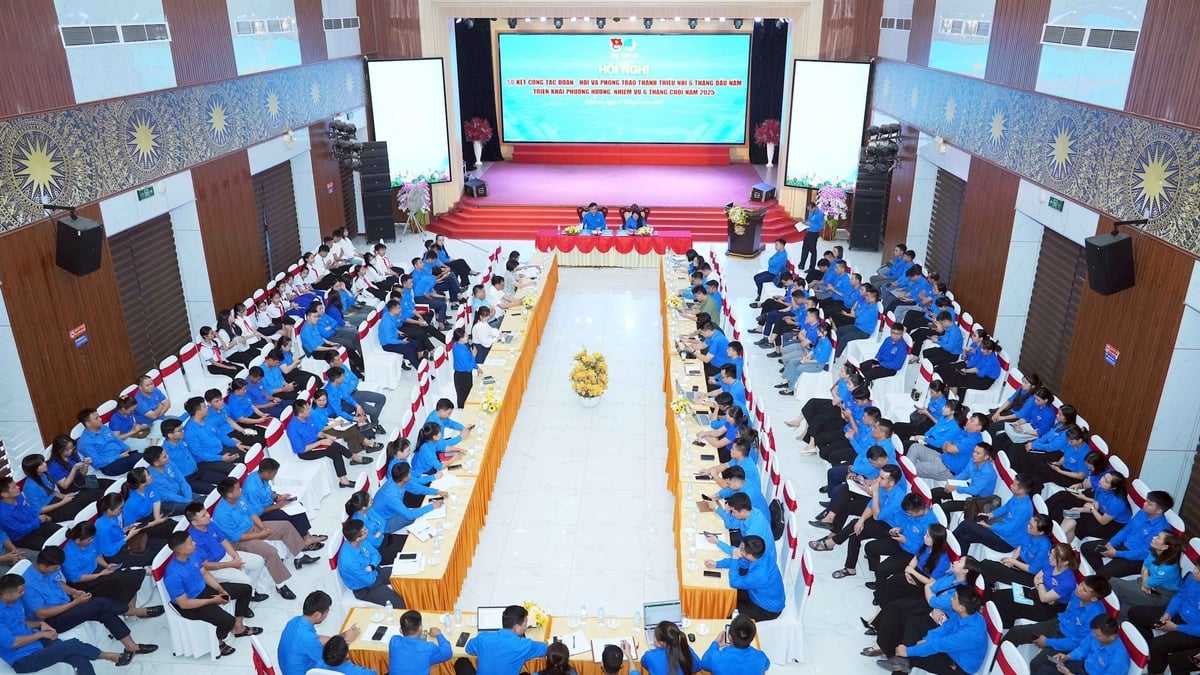What you need to know about HPV and the health risks associated with this virus
HPV is the abbreviation for Human Papillomavirus, a fairly common virus that often causes the formation of warts on the skin or mucous membranes in humans. HPV has many ways of infection, mainly through sexual contact, including vaginal, anal or oral penetration. In addition, there are studies showing that HPV has the ability to be indirectly infected at a low rate when sharing items that have been in contact with an infected person (1).

To date, medicine has identified over 100 types (strains/variants) of HPV, each causing different health problems. There are types of HPV that only cause harmless warts on the skin and genitals, but there are also types that are identified as having a higher level of danger, even leading to cancer.
According to global statistics, each year the world records more than 926,000 new cases of cancer in both men and women related to HPV infection (2), including throat cancer, anal cancer, genital cancer and cervical cancer. Of which, 70% of cervical cancer cases in women are directly caused by 2 high-risk HPV types - 16 and 18 (3). These are all types of cancer that impair health and even endanger life, so it can be said that HPV is a problem for families and society.
Proactive HPV prevention is becoming increasingly possible.
Unlike before, scientific information about HPV and the diseases caused by this virus is being disseminated more and more effectively. In Vietnam, the Ministry of Health, in coordination with other departments, is making efforts to promote public awareness of the dangers and ways HPV can be transmitted.
Understanding the epidemiological information of HPV is a prerequisite for proactively protecting against this virus. One of the dangerous characteristics of HPV is that it causes very few or almost no symptoms (4), only silently progressing the disease in the body. Therefore, it is necessary to regularly conduct health check-ups and periodic HPV screening to promptly detect infection.

It is important to take safety measures during sex because this is still the main route of HPV infection, and it is also something that needs to be noted for both sexes. These measures include using condoms, cleaning and disinfecting the genitals and objects that come into contact with the genitals. Like many other viruses, the body can eliminate HPV within 1 to 2 years if the immune system is functioning normally (5), so it is necessary to pay attention to daily activities and exercise to improve resistance.
The fight against HPV is still mainly focused on adults, when statistics show that up to 99% of HPV infections in both men and women are over the age of 25 (6). Therefore, it is necessary to proactively prevent HPV for adults under 45 years old, including those who have had sex, when prevention has become more feasible...
Proactive HPV prevention ensures future happiness
Diseases caused by HPV, especially cancers in both men and women, have a negative impact on the physical and mental health of the patient. Not only do they reduce the quality of life, these diseases also affect finances due to treatment costs and reduced ability to work, causing many challenges to family happiness.

For adults, proactive HPV prevention not only helps to minimize the risk of HPV infection but also eliminates the possibility of developing related cancers, as well as preventing unfortunate sequelae. Most importantly, the act of protecting oneself from HPV also means protecting the family and contributing to society in repelling this disease. That is the key to opening up a happy future for the whole community.
To learn more about HPV and related diseases as well as stay updated on new advances in preventing this virus, visit: hpv.vn
*References:
(1) Clinical Microbiology Reviews. Human Papillomavirus and Cervical Cancer. Eileen M. Burd (2003)
[https://www.ncbi.nlm.nih.gov/pmc/articles/PMC145302/]
(2), (6) GLOBOCAN 2022 DATA COMPARISON
(3) Dr Silvia de Sanjose S, Quint WG, Alemany L, et al. Human papillomavirus genotype attribution in invasive cervical cancer: a retrospective cross-sectional worldwide study. Lancet Oncol.2010
[https://www.thelancet.com/journals/lanonc/article/PIIS1470-2045(10)70230-8/abstract]
(4), (5) WHO. Human Papillomavirus and Cancer
[https://www.who.int/news-room/fact-sheets/detail/human-papilloma-virus-and-cancer]
“This content is provided by the Vietnam Preventive Medicine Association and sponsored by MSD foreducational purposes.”
VN-GSL-01040 17072025
Source: https://laodong.vn/suc-khoe/du-phong-ngay-tu-luc-nay-de-hpv-khong-con-la-noi-ban-tam-trong-tuong-lai-1374144.ldo






























































![[Maritime News] More than 80% of global container shipping capacity is in the hands of MSC and major shipping alliances](https://vphoto.vietnam.vn/thumb/402x226/vietnam/resource/IMAGE/2025/7/16/6b4d586c984b4cbf8c5680352b9eaeb0)






































Comment (0)